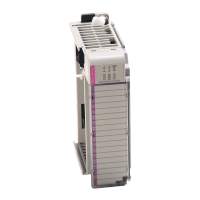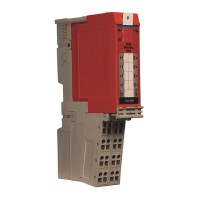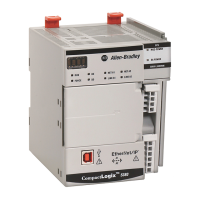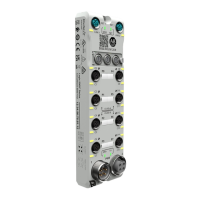26 Rockwell Automation Publication 1715-UM001J-EN-P - December 2020
Chapter 1 Redundancy System Overview
The adapters negotiate which module is primary, depending on the status of
the system. If the primary module is unable to perform its role, for example, if
a fault occurs in the primary module, then the secondary module becomes the
new primary, assuming the IP address of the primary module, taking over the
role of communication. The primary module is the only module of the pair that
produces data on the EtherNet/IP network.
If there is a fault, the IP address swapping between the primary module and
the secondary module takes no longer than 20 ms from the time of the
initiating fault. The secondary module is the new primary and handles all
communication. (Depending on the structure of your Ethernet configuration,
this time can be impacted.)
This IP address swap is transparent to the user. You can detect which module
the primary module is by examining the Network status indicator near the top
of each adapter. On the primary adapter, the Network status indicator is solid
green; on the secondary adapter, the Network status indicator flashes green.
Once a swap occurs, the ‘new’ primary module remains the primary unless
there is a good reason to swap over again. If the B module becomes the primary
module because you must replace the A module, that is not enough cause to
swap IP addresses back again. Module B remains as the primary module.
Obtaining a New IP Address
The IP address of the primary module is stored in the adapter base unit
through interaction with the TCP/IP object. If a stored primary IP address is
available, the adapter uses that address. If a stored primary IP address is not
available, then the adapter uses BOOTP/DHCP to obtain an IP address.
The adapter transmits DHCP requests, but is able to process a BOOTP/DHCP
response from either a DHCP or BOOTP server. If the BOOTP/DHCP request is
unsuccessful, the secondary adapter (that is, Module B), attempts to obtain the
IP address of the primary module through BOOTP/DHCP.
The adapters continue to attempt BOOTP/DHCP configuration until an IP
address is obtained, alternating between adapters A and B. Once an adapter
has obtained the IP address, the secondary module can use that IP address + 1.
Once an adapter has a primary IP address, it confirms that it does not have a
duplicate IP address. See EtherNet/IP Network Configuration User Manual,
publication ENET-UM001
. The Network Status indicator displays duplicated
IP addresses by showing solid RED.
For additional information about assigning an IP address for the first time, see
Chapter 2, Assign an IP Address
on page 123.
Ethernet Topology
The 1715 Redundant I/O System supports DLR (Ring) and Star Topologies.
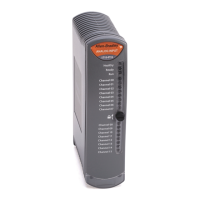
